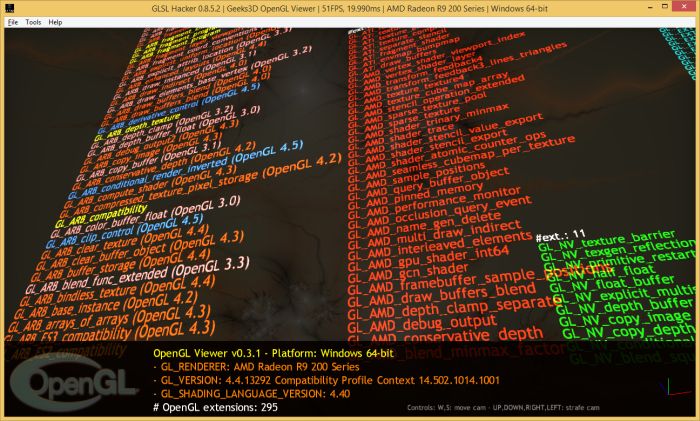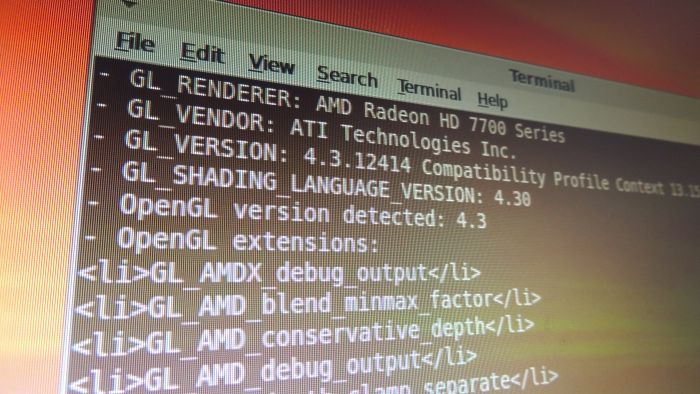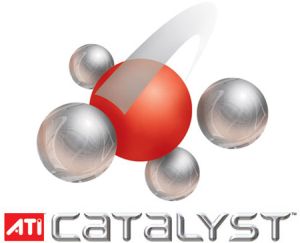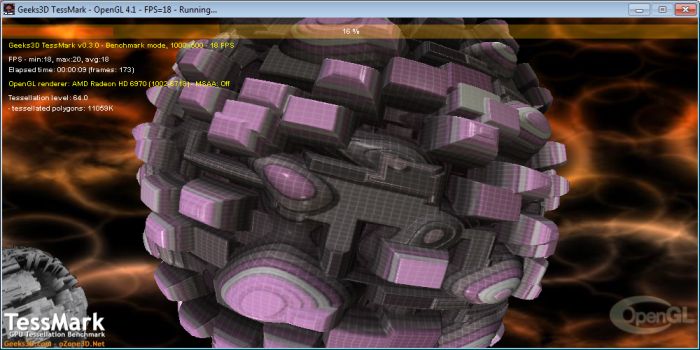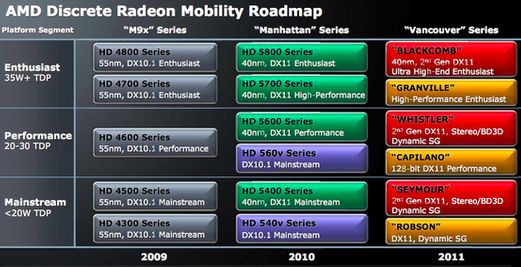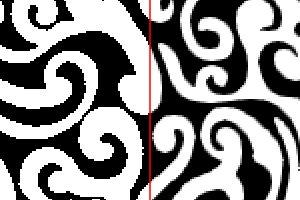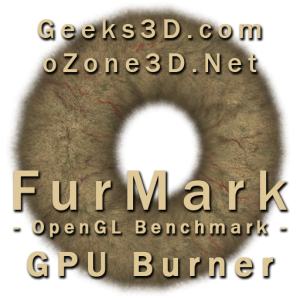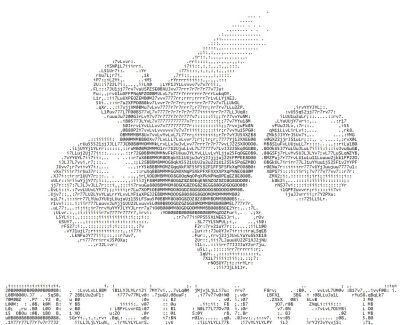
Tag Archives: catalyst
AMD Catalyst 15.10 Available (BETA / WHQL)
AMD Catalyst 15.6 Gaming Graphics Driver Released (Beta Version)
AMD FGLRX (Catalyst v13.15.100.1) OpenGL Extensions (Linux)
AMD Catalyst OpenGL 4.3 Graphics Driver, 7 new OpenGL Extensions
AMD Catalyst 13.1 WHQL
(Test) AMD Catalyst 8.921.2 RC11 for Radeon HD 7900, Big Performance Boost in OpenGL Tessellation (*** Updated ***)
AMD Catalyst Performance Driver for id Software’s Rage
First AMD Vancouver GPUs Exposed in Catalyst 8.783.2 Drivers
[UPDATE] AMD Catalyst and FurMark: the Return of BSoD!
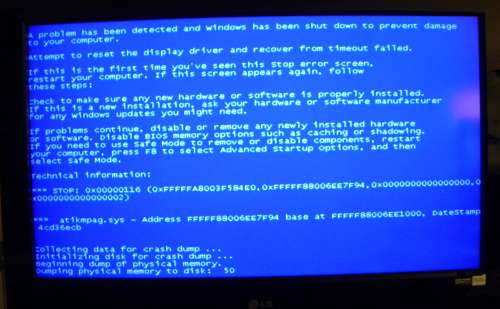
A nice BSoD (blue screen of death) under Win7 64-bit + Catalyst 10.10e + FurMark/etqw
Continue reading
What is the Morphological Anti-Aliasing (MLAA)?
How to Enable OpenCL Support on NVIDIA and AMD Platforms
FurMark Slowdown by Catalyst Graphics Drivers is INtentional!
Catalyst 9.8 and 9.9 Improve Protection Against FurMark
FurMark 1.7.0: The Bad Boy of Graphics Cards Utilities is Back!
FurMark: How to Enable CrossFire Support
[Geek3D-Test] FurMark, Catalyst 8.8 and HIS Radeon HD 4850: Torture Test PASSED!
Ok now that I have in my hands a HIS’s Radeon HD 4850, I played with this card and of course did the FurMark renaming experience with Catalyst 8.8 (see ATI Optimizes Catalyst 8.8 to be FurMark-Proof!). The difference of score in simply… incredible, better it’s shocking! Here is the score when I launch FurMark.exe: 2234 points

And now, the score when FurMark.exe is renamed in… ati.exe (why not?): 4383 points

This score is almost twice the first one. That explains now the odd result I get with FurMark in this post: ATI Catalyst 8.8 vs 8.7: OpenGL Performance Drop.
I launched in the same time the Catalyst Control Center in the Overdrive panel to check how frequencies vary:

In both tests, the frequencies were the same. ATI Catalyst 8.8 does not downclock the GPU frequency but makes the GPU running slower (what does it means???). Anyway, it seems obvious the Radeon HD 4800 series have some serious thermic problems. Maybe I could add a kind of GPU temperature limitation for Radeon HD 4800 series. If temperature exceeds 90 degrees on Radeon HD 4850 and HD 4870, FurMark will stop the rendering or will render one frame over two or three… But actually I think I’m not going to do that. FurMark is a torture test but it’s most of all a standard OpenGL application. I don’t use low level code or different rendering path for Radeon or GeForce. The same code is injected in both rendering pipeline. And then any OpenGL 2.0 compliant GPU should process this code if the surrounding graphics hardware (I mean memory modules, power MOSFETs properly cooled, etc.) is well designed and implemented by graphics cards makers. The proof, HIS’s Radeon HD 4850 PASSED all FurMark tests I did, with stock clocks as well as with overclocked clocks.
Now dear readers, let’s burn HIS’s Radeon HD 4850.
– Stock clocks: GPU=625MHz and Memory=993MHz
- 94 degrees after 3 minutes in 640×480 no AA windowed mode: TEST PASSED!
- 96 degrees after 3 minutes in 1024×768 no AA windowed mode: TEST PASSED!
– Basic Overclocking: GPU=660MHz and Memory=1005MHz
- 96 degrees after 3 minutes in 1024×768 no AA windowed mode: TEST PASSED!
– Overclocking: GPU=680MHz and Memory=993MHz
- 96 degrees after 3 minutes in 1024×768 no AA windowed mode: : TEST PASSED!
– Overclocking: GPU=680MHz and Memory=1100MHz
- 97 degrees in 1024×768 no AA windowed mode. After 140 seconds, VPU Recover:

Yes the latest overclocking was a little bit extreme, but it shows HIS’s Radeon HD 4850 is a very good product and is already FurMark-Proof. No need hidden tweak in Catalyst to run FurMark. I think graphics cards that do not resist to FurMark torture tests are either bad quality products or have some bad cooled parts like the VRM (voltage regulator modules)…
Related Links:
